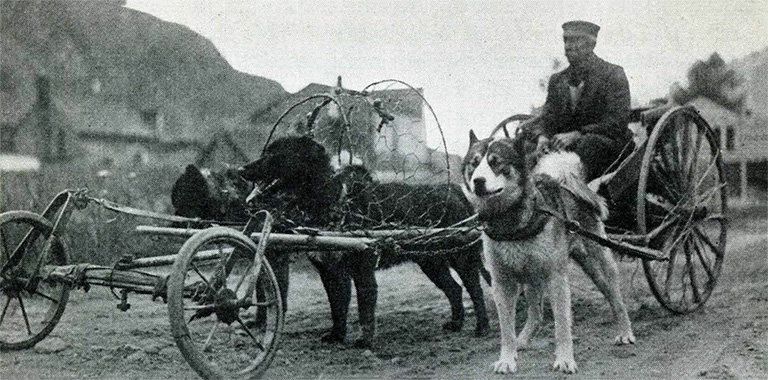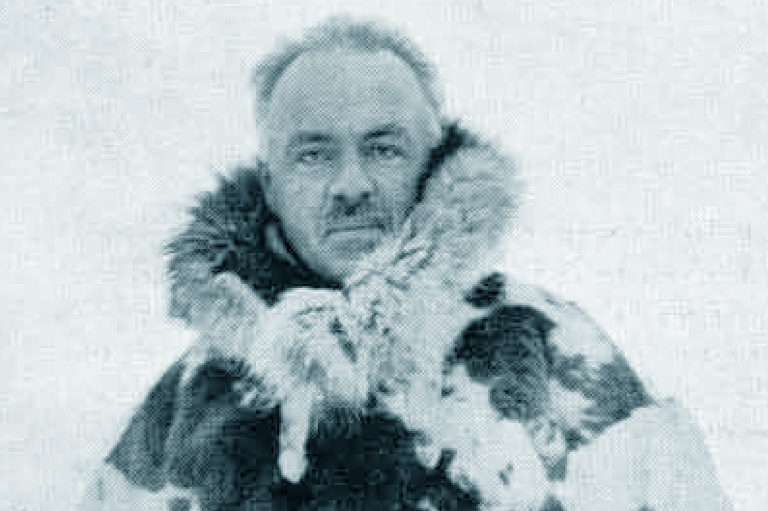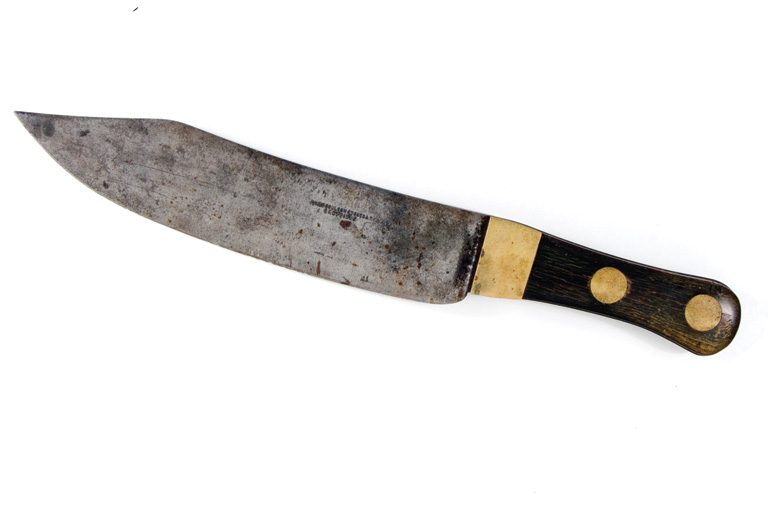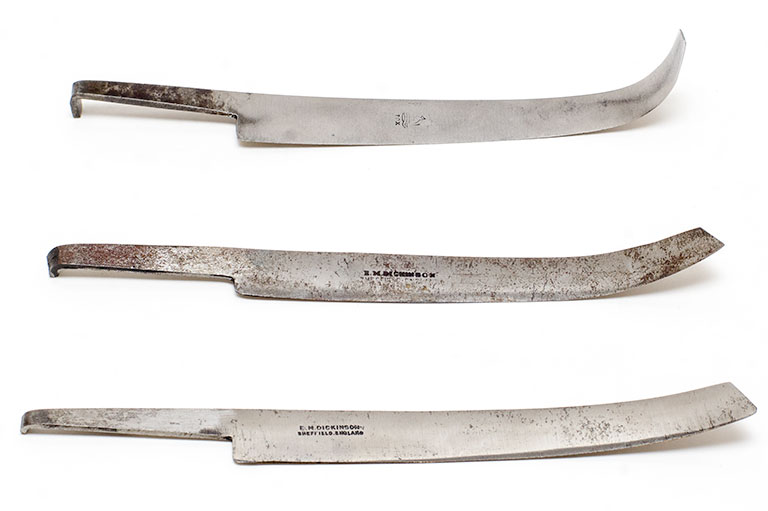Dogs

It is common practice throughout British Columbia to use dogs as pack animals, and it is interesting to note the different ways they are worked west of the Rocky Mountains.
A prospector can have all his belongings carried for him while he carries only his gun. In Alaska, and further north, little packing is done by dogs, but they are required to work during the summer months hitched to wagons.
The accompanying illustration appealed to me as something unique. The part on which the driver rode or carried his belongings is made of two buggy wheels connected by a tongue with two bicycle wheels. The dogs, hitched between the sets, are steered by lines attached to the front set. The pulling of one or other line turns the wheels and forces the dogs to go in any required direction.
Toboggans are rarely used in Alaska. A sleigh with steering handles takes its place, but in British Columbia, no doubt owing to H.B.C. custom, toboggans are in almost universal use. In the extreme north, single line hitching and fan hitching is in general use, and the number of dogs in a team is from ten to twenty, instead of from four to seven as in British Columbia.
Themes associated with this article
Advertisement

Canada’s History Archive, featuring The Beaver, is now available for your browsing and searching pleasure!




